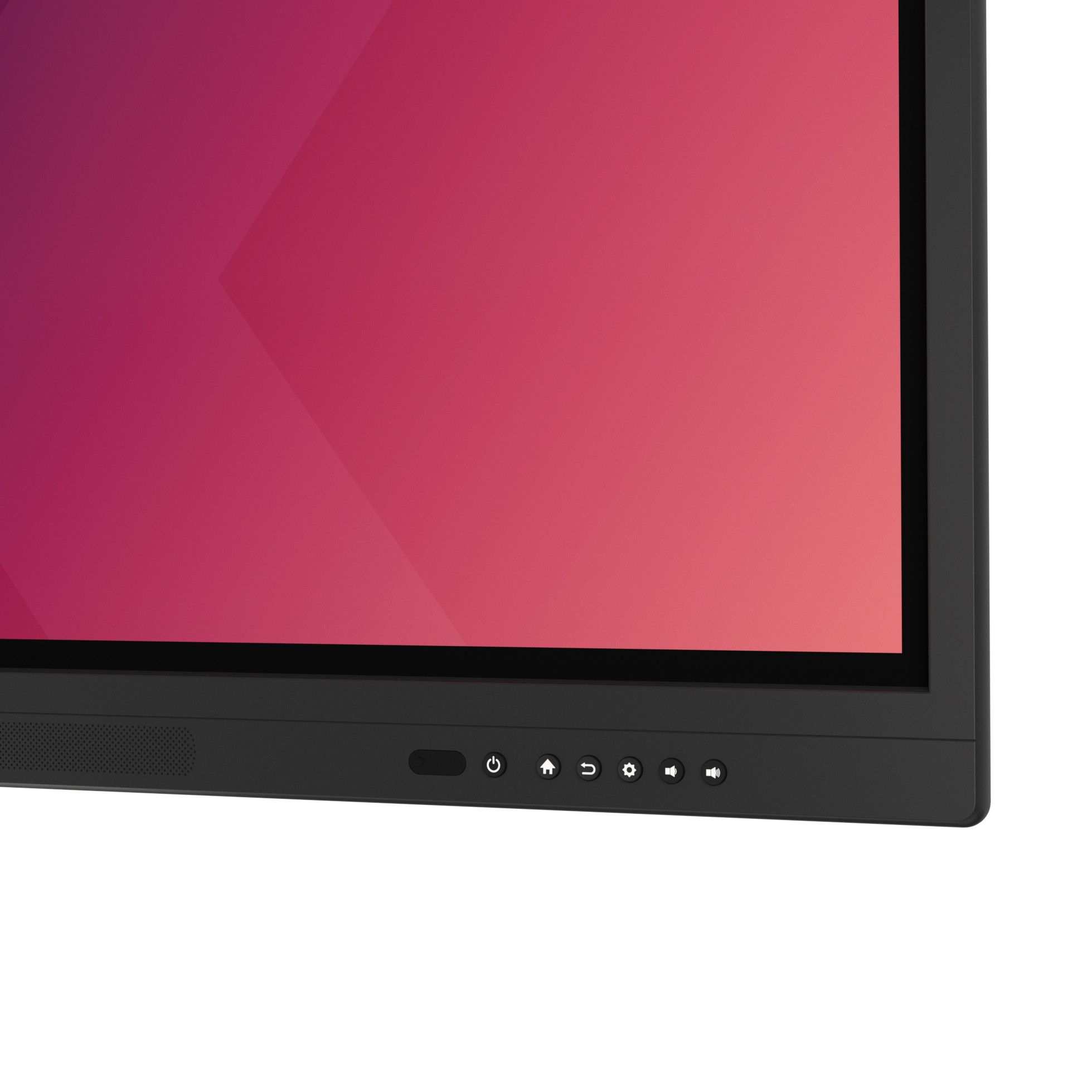Kindermann displays
As a manufacturer of conference and presentation technology, Kindermann also offers a range of displays. Kindermann displays are primarily designed for use in conference and meeting rooms.
An 86" Kindermann display can be used just as well in the classroom. The range primarily consists of interactive Kindermann displays that invite collaborative work in the aforementioned rooms.
4 Products
Sort by:



















